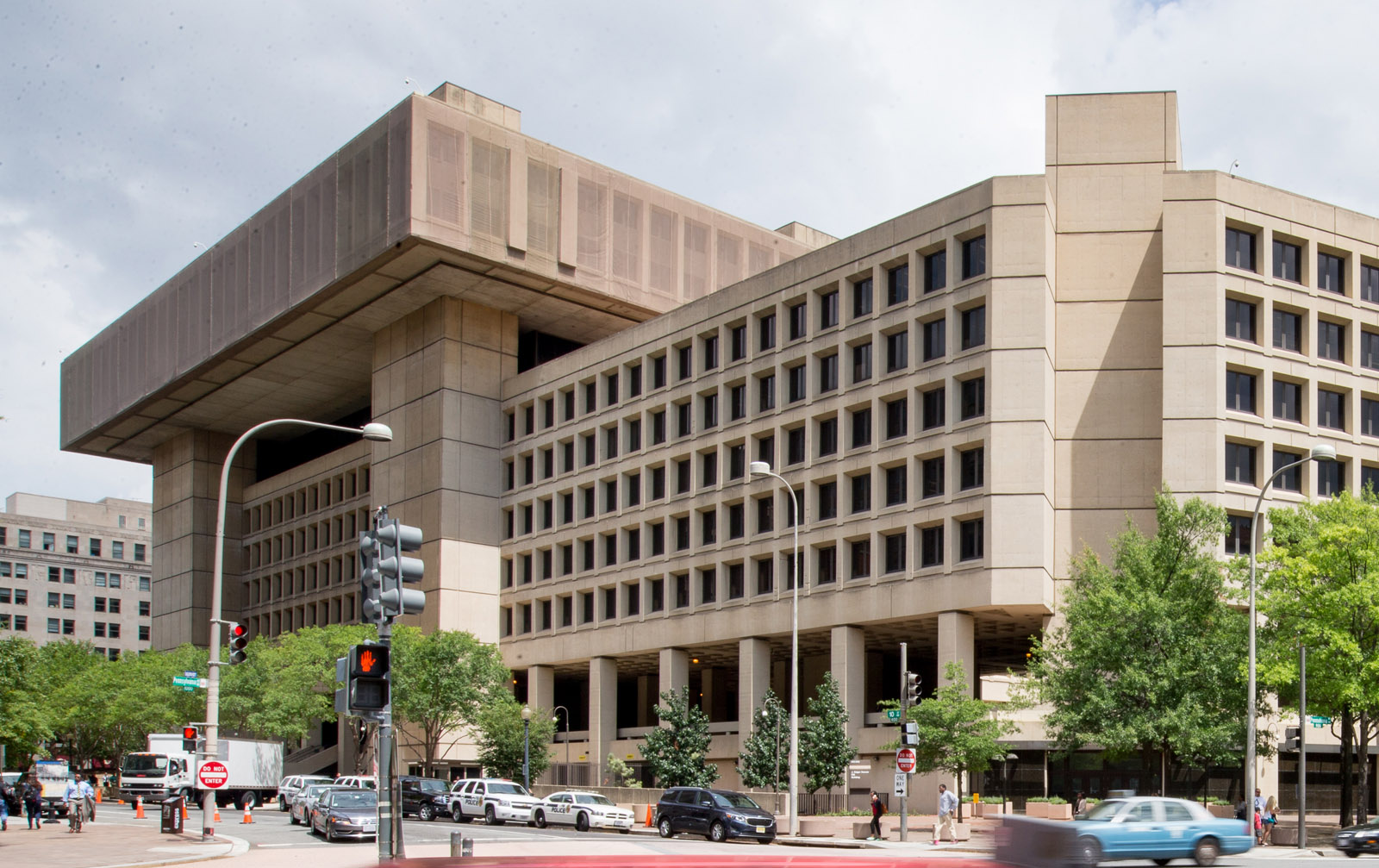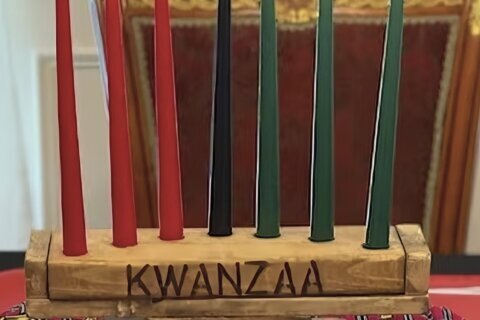After the second suicide at Northwest D.C.’s William Howard Taft Bridge in less than a year, the District Department of Transportation reacted publicly Wednesday, assuring that suicide prevention barriers would be installed there soon.
“Yesterday’s loss underscores the urgency in our work to add suicide barriers to the Taft Bridge,” said DDOT director Everett Lott.
Police said a person had jumped from the bridge this week in an apparent suicide. In April of last year, 29-year-old Peter Tripp died in the same way.
“I believe the barrier will be there, but I just hope it’s there in time that we don’t lose more people,” said Chelsea Van Thof, Tripp’s longtime partner.
Following the incident, Van Thof became an advocate for installing barriers on Taft Bridge. She said the statement from DDOT was encouraging.
“This is a very important step,” Van Thof said. “Them making a public statement did give me a glimmer of hope, but I remain cautiously optimistic.”
Van Thof and other supporters of the idea have said that they would like to see something similar to the 8-foot, anti-suicide fence installed on the Duke Ellington Memorial Bridge, just north of the Taft Bridge.
According to Lott, DDOT is currently working on the design of the barriers and securing funding for the project.
“The historic nature of this bridge requires significant coordination with our federal and regional partners who have all been supportive of this effort,” Lott said. “We share our condolences with everyone impacted.”
The Taft Bridge was supposed to get its own anti-suicide fence in the 80s, but the plan was abandoned.
Constructed between 1897 and 1907, the Taft Bridge carries Connecticut Avenue over the Rock Creek valley. The 52-foot-wide bridge features sculpted concrete lions and decorative cast-iron lampposts.
If you or someone you know is in crisis, they can call the National Suicide Prevention Lifeline at 988.








